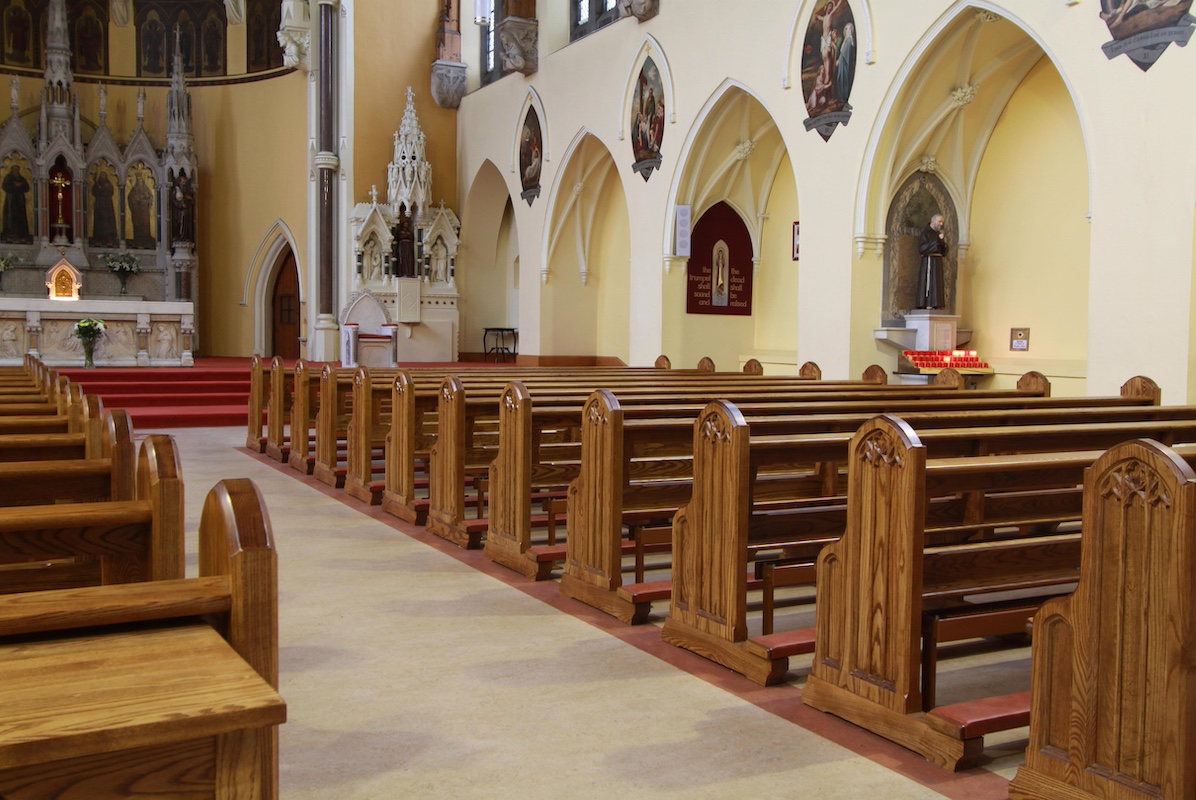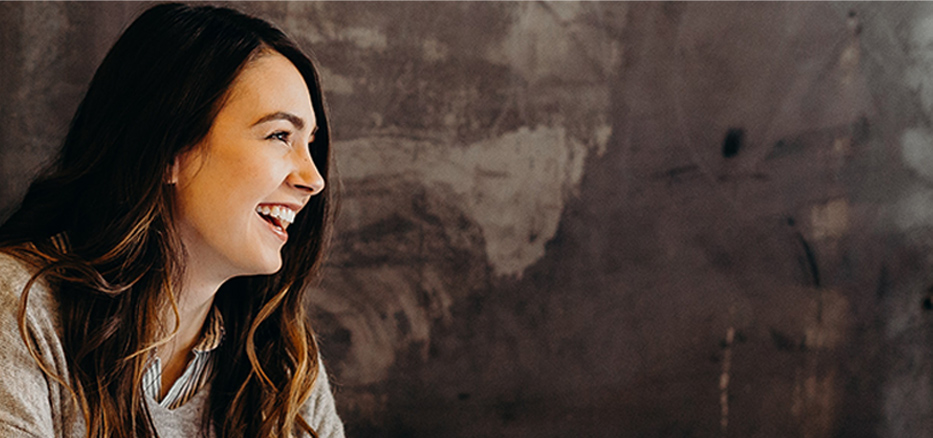
Kneelers for Church Pews: A Detailed Exploration
Kneelers, an often overlooked yet essential component of church furniture, play a significant role in enhancing the worship experience for congregants. These cushions or padded supports, attached to or placed in front of pews, provide comfort and facilitate the act of kneeling during prayer and other liturgical activities. This article delves into the history, design, material considerations, and the theological significance of kneelers in church settings.
Historical Background
The tradition of kneeling in Christian worship dates back to the early church, where it was seen as a posture of humility, penitence, and reverence. The introduction of kneelers in church architecture, however, is a relatively modern development. Historically, congregants would kneel directly on the floor or on straw mats during services. It wasn’t until the 19th century, during the Victorian era, that kneelers became more prevalent in Western churches, coinciding with the period's increased attention to comfort and ornate church furnishings.
Design and Construction
1. Types of Kneelers:
- Fixed Kneelers: These are attached to the back of the pew in front and can be flipped up when not in use. They are a common sight in many traditional churches.
- Portable Kneelers: These are standalone units that can be moved and stored as needed. They offer flexibility for multi-purpose spaces.
- Built-in Kneelers: Often found in newer church constructions, these are integrated into the pew design, providing seamless aesthetics and functionality.
2. Materials:
- Padding: Comfort is paramount for kneelers, which are typically padded with foam, rubber, or other cushioning materials to reduce strain on the knees. The thickness and density of the padding can vary depending on the church’s preference and budget.
- Upholstery: The outer covering of kneelers can be made from various fabrics, including leather, vinyl, or durable textiles like wool and polyester blends. The choice of fabric often reflects the church's style, budget, and the need for durability and ease of cleaning.
- Frame: The structural frame of kneelers is usually made from wood or metal, designed to withstand frequent use and provide stable support.
3. Ergonomics:
- The ergonomic design of kneelers is crucial for ensuring comfort and minimizing discomfort during prolonged periods of kneeling. Attention is given to the height, angle, and cushioning to accommodate different body types and ages of worshippers.
Theological Significance
Kneeling in Christian worship is a profound act symbolizing humility, supplication, and reverence before God. The use of kneelers facilitates this practice, making it accessible and comfortable for congregants to engage in this important posture of worship.
1. Humility and Penitence: Kneeling is often associated with repentance and humility. In many denominations, kneeling during confession or penitential prayers reflects the worshipper's recognition of their sinfulness and their plea for God's mercy.
2. Reverence and Adoration: During moments of adoration, such as during the consecration in Catholic and Anglican liturgies, kneeling signifies deep reverence for the presence of Christ. Kneelers enable congregants to maintain this posture with ease, enhancing their spiritual focus.
3. Submission and Obedience: Kneeling also symbolizes submission to divine authority. By kneeling, worshippers physically express their surrender and obedience to God's will.
Practical Considerations
1. Maintenance: Regular maintenance of kneelers is essential to ensure they remain in good condition. This includes cleaning the upholstery, checking the integrity of the padding, and inspecting the frames for stability. Some churches opt for easily replaceable covers or modular designs to facilitate maintenance.
2. Customization: Many churches choose to customize kneelers to match their interior decor. This can include selecting specific fabrics, colors, and even incorporating embroidery or other decorative elements that reflect the church's heritage or liturgical colors.
3. Accessibility: Consideration must be given to the needs of all congregants, including those with physical limitations. Churches may provide alternative seating arrangements or additional supports for those who find kneeling difficult.
Modern Innovations
In recent years, there have been innovations in the design and functionality of kneelers to enhance the worship experience further. Some of these include:
1. Enhanced Comfort: Advances in cushioning materials have led to the development of kneelers that offer superior comfort and durability. Memory foam and gel padding are examples of materials that provide better support and longevity.
2. Eco-Friendly Materials: With growing awareness of environmental issues, some manufacturers are producing kneelers using sustainable materials and processes. This includes using recycled foam, organic fabrics, and low-impact manufacturing techniques.
3. Ergonomic Adjustability: Some modern kneelers come with adjustable features that allow them to be tailored to individual comfort levels. Adjustable height and angle mechanisms can cater to different user preferences and anatomical needs.
Kneelers for church pews, while often understated, are a vital component of church furnishings that significantly contribute to the worship experience. They embody a blend of historical tradition, theological symbolism, and practical design. By providing comfort and facilitating the act of kneeling, kneelers help congregants engage more fully in worship, enhancing their spiritual connection and participation in the liturgy. As churches continue to evolve, the design and functionality of kneelers will undoubtedly adapt, ensuring they meet the needs of future generations while preserving the sacred traditions of the past.
The next time you walk into a church, take a closer look at the chairs. This historical account of church seating gives context to what you see today, connecting past practices with modern needs.






